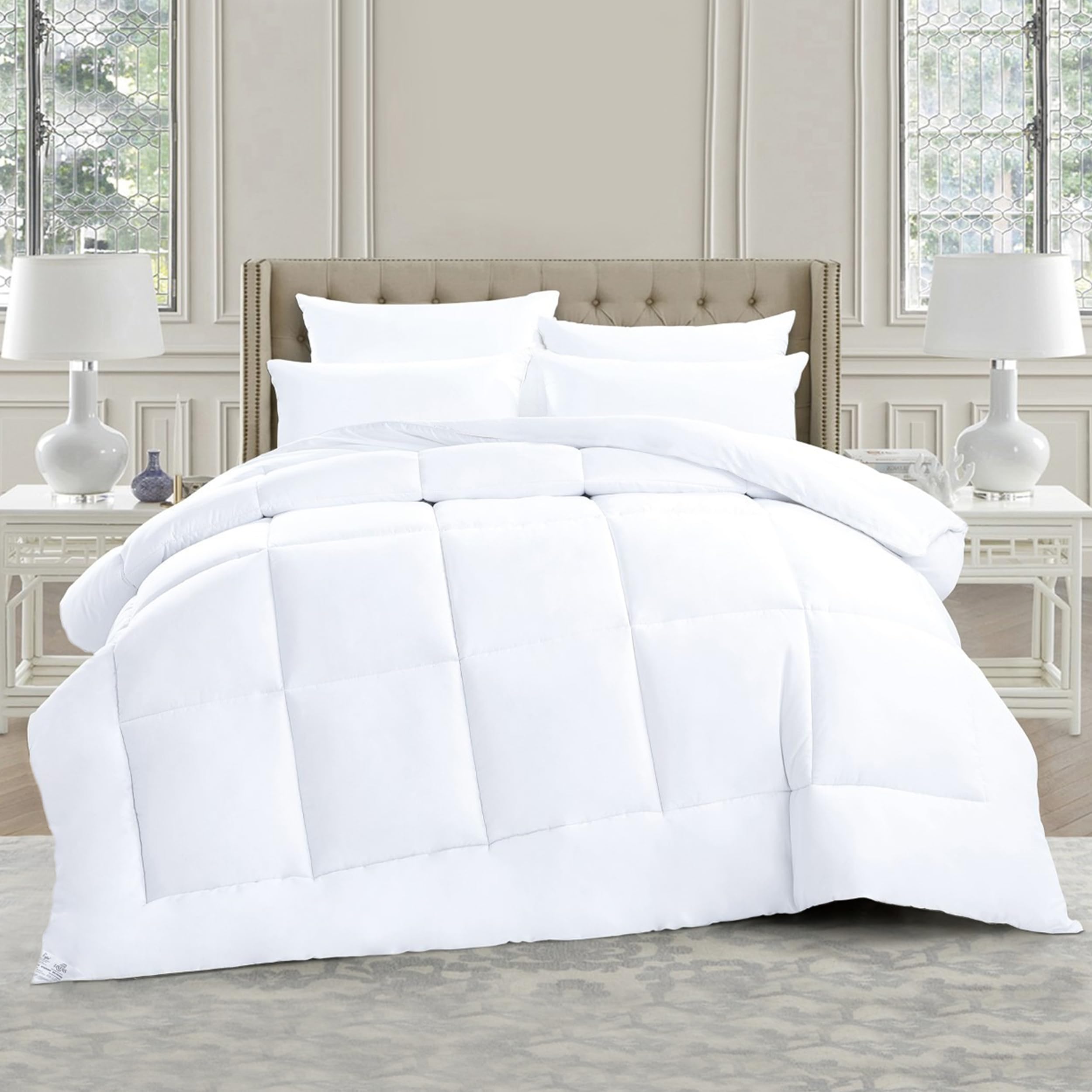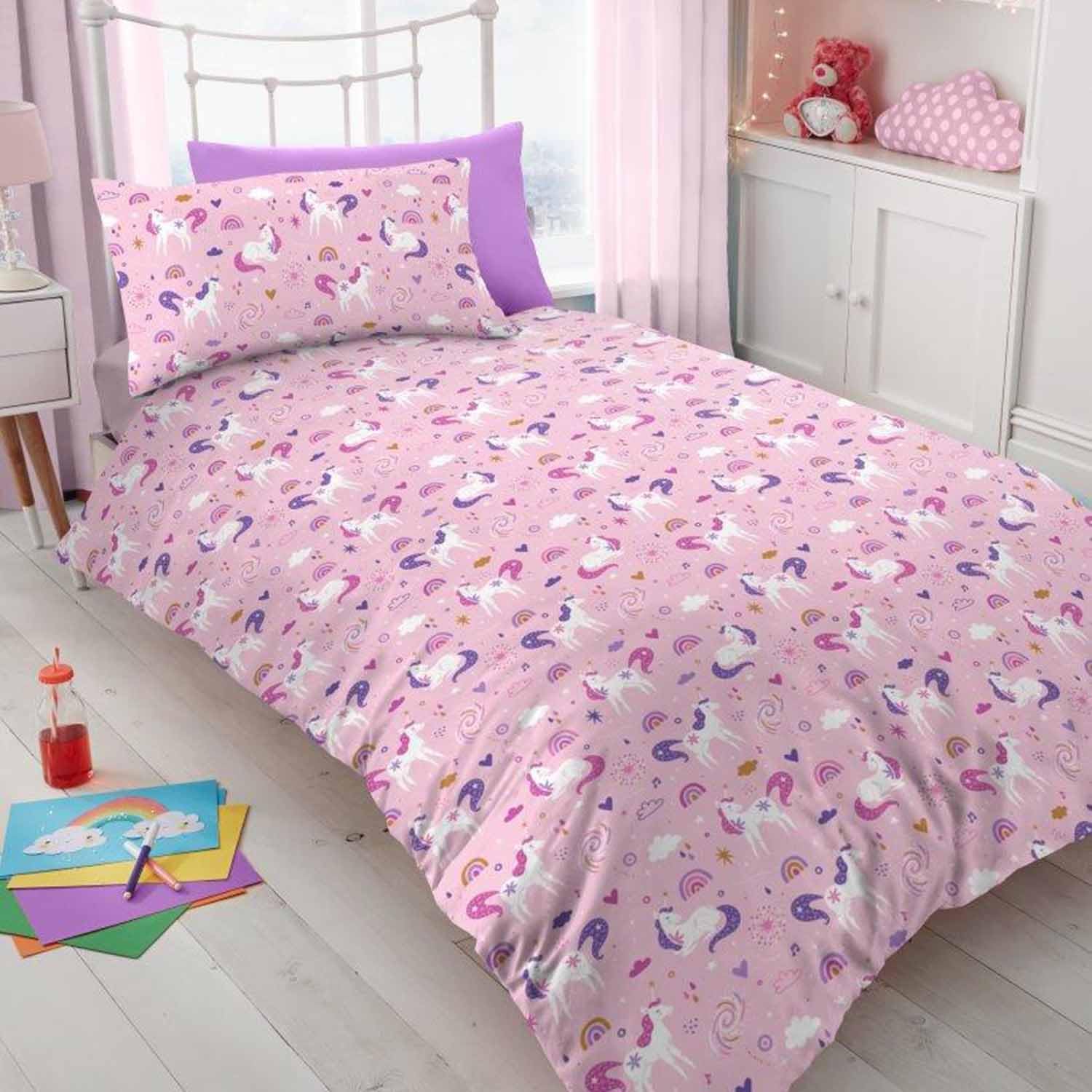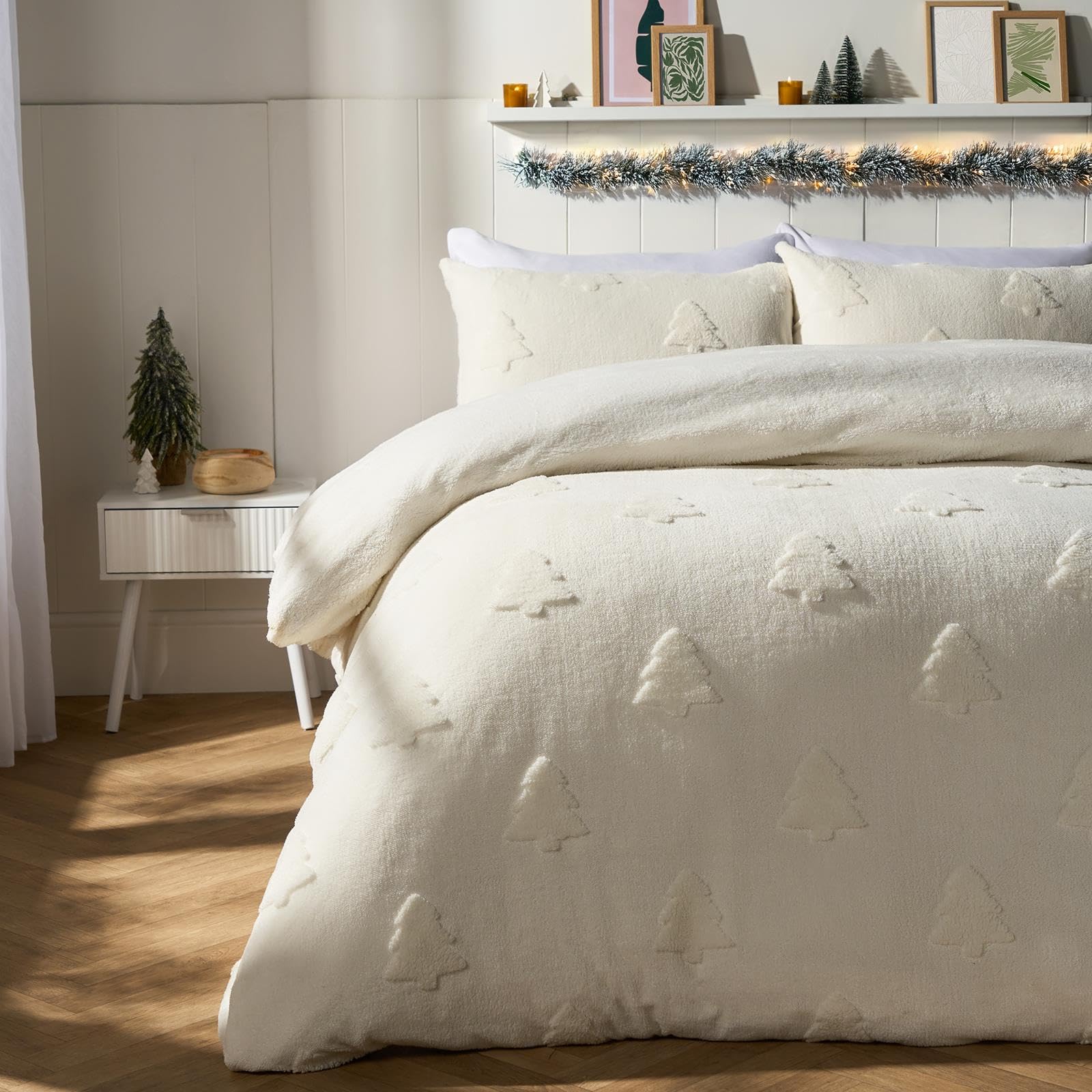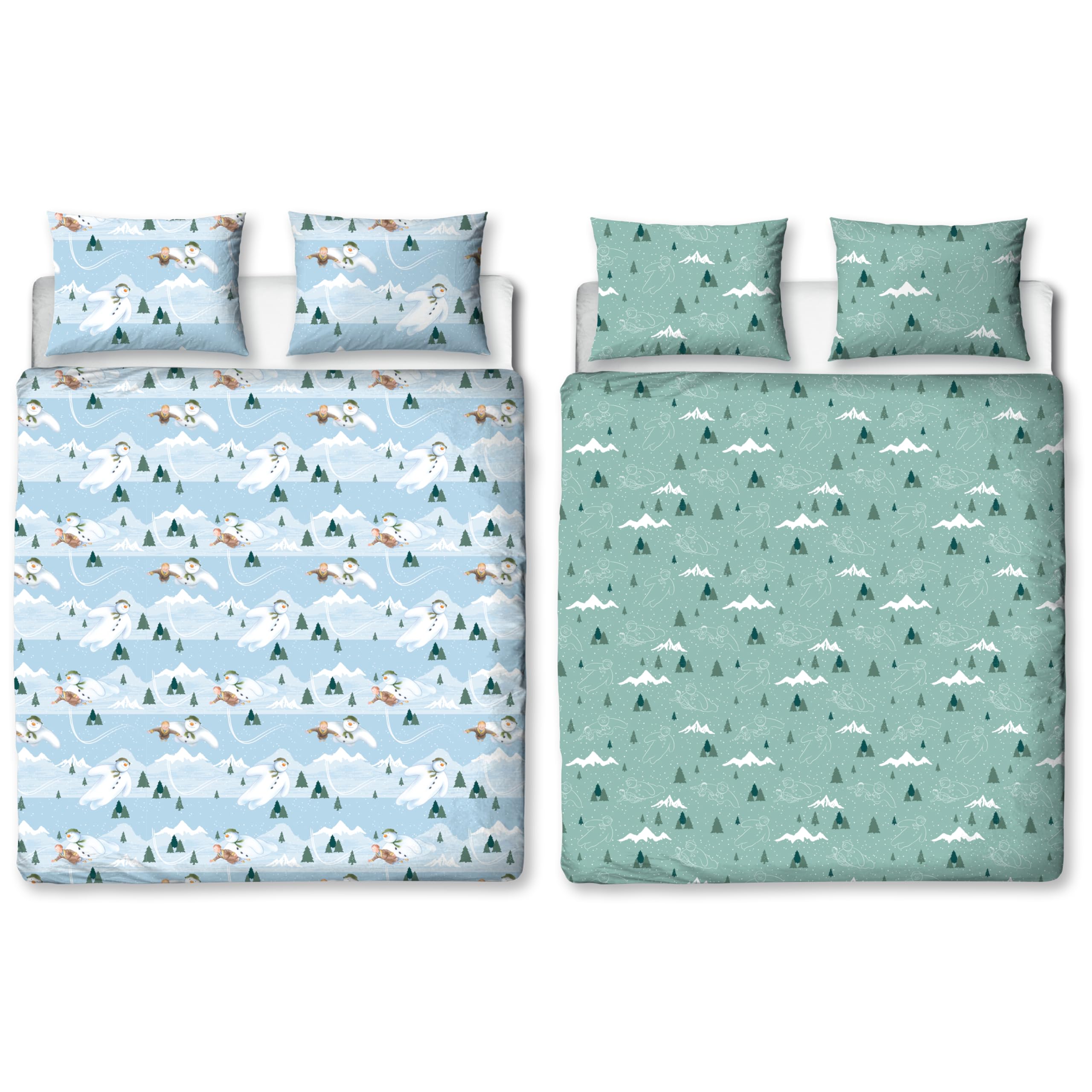Silk duvets have a devoted following because they feel light, drape close, and manage humidity well in warm weather. If UK summers leave you tossing under a synthetic or heavy down duvet, silk can be a refreshing change. This guide explains how silk duvets are made, how they feel compared to other fills, what tog equivalents to expect, and how to care for silk so it stays smooth and fresh.
Seasonal warmth usually comes from duvets that balance weight and airflow in UK bedrooms.
How silk duvets are made
Most silk duvets use long silk fibres, often mulberry silk, laid in thin layers and stitched into place. This creates a light, even fill that does not clump. The layers trap a small amount of air while allowing moisture to pass through. The result is a duvet that feels lighter for the warmth it provides and moves with you without puffiness.
How silk feels in summer
Silk duvets sit close to the body and move humidity away, which reduces the clammy feeling that wakes hot sleepers. They do not feel actively cool like a fan, but they avoid the heavy, swampy feel of dense fibres. If you like the sensation of a light cover rather than sleeping under almost nothing, silk strikes a nice balance across typical UK summer nights.
Warmth and tog equivalents
Silk duvets are not always marked in tog, and direct comparisons can be tricky. A light silk duvet often feels comparable to a 4.5 tog in perceived warmth, with a smoother drape. Thicker silk layers suit spring and autumn. For the height of summer, pair a light silk duvet with crisp cotton percale sheets, or sleep with percale sheets alone on the very hottest nights.
Cover fabrics and breathability
Silk fills pair well with breathable cotton or silk blend covers. Avoid tightly coated polyester covers that trap heat. If you prefer a silk on silk setup, remember that some silk covers feel slippery. Many people enjoy silk fill with a cotton percale cover for grip and cool hand feel.
Care and cleaning
Follow the brand’s label. Many silk duvets are spot clean only or require specialist cleaning. Regular airing on dry, breezy days keeps them fresh and extends time between cleans. Always use a duvet cover and wash it weekly in summer. Avoid heavy detergents and bleaching agents. If the duvet gets wet, dry it flat in a warm, ventilated room away from direct sunlight.
Who silk suits
Silk is ideal if you run warm but dislike the feeling of sleeping under only a sheet. It also suits people who enjoy a close drape without weight. If you want machine washable simplicity or have pets that sleep on the bed, a breathable synthetic summer duvet might be more practical. For humidity control, wool is another strong option, though it feels heavier on the body than silk.
We highlight light, breathable summer duvets in our guide to cooler duvets for UK nights, and pair them with percale sheets for airflow. For evening warmth without raising sleep temperature, see heated throws.
FAQs
Are silk duvets good for hot sleepers?
Yes. They manage humidity well and feel light on the body. Choose a light weight silk fill and pair it with breathable sheets.
Can I wash a silk duvet at home?
Often no. Many are spot clean only or need specialist care. Use a cover, air regularly, and follow the brand’s instructions.
How does silk compare to wool in summer?
Silk feels lighter and drapes closer. Wool regulates humidity very well but feels weightier. Both can work in UK summers if paired with breathable covers.





